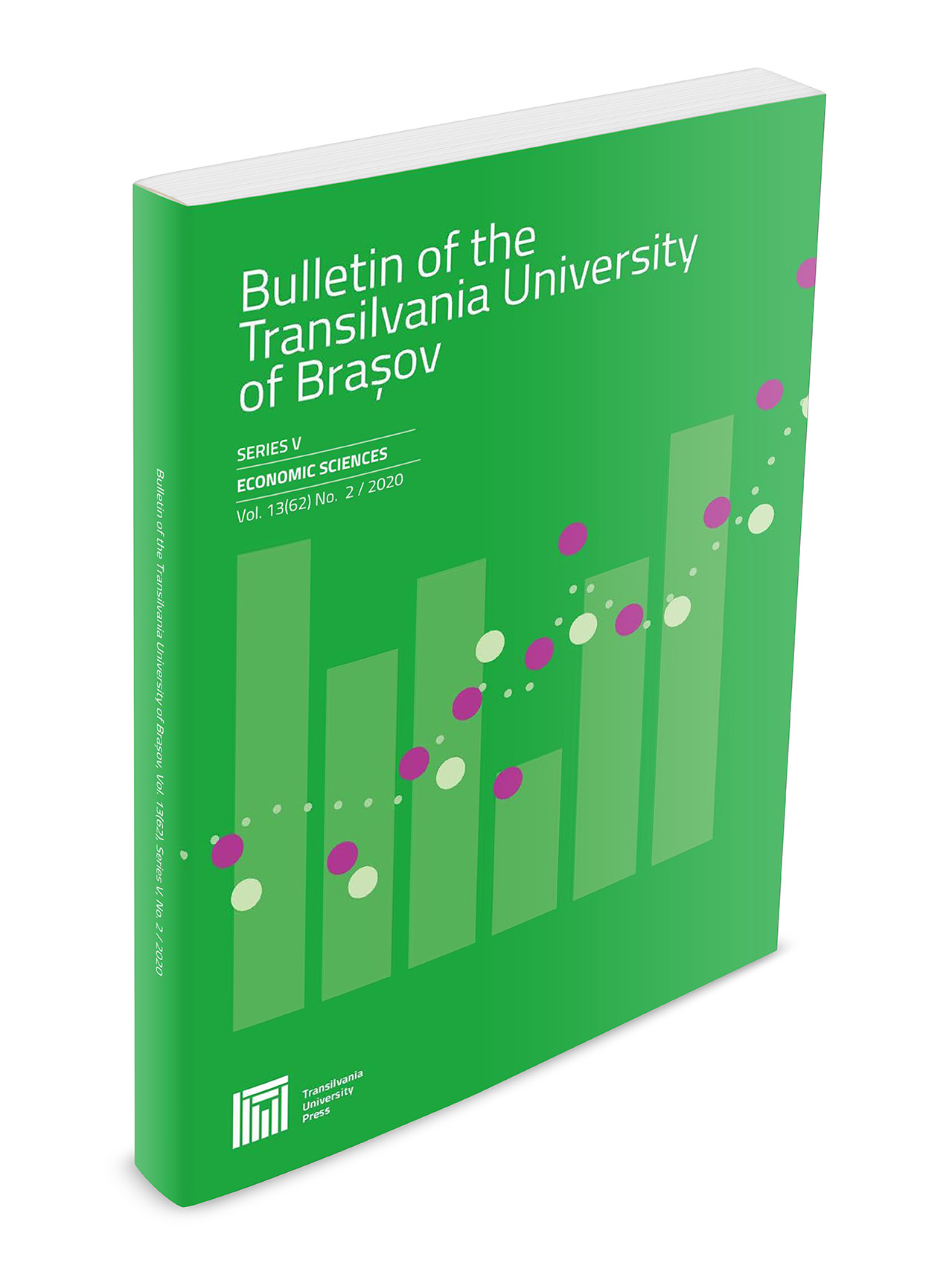The Ratio between Revaluation and Adjustment of the Book Value of Tangible Assets
Keywords:
revaluation of tangible assets, fair value, depreciation typesAbstract
The revaluation of tangible assets is the accounting operation of this structure whereby the net book value is brought to the level of the fair value. This can be done in two ways: increasing the book value to the level of the fair value or vice versa, decreasing its value. If the revaluation is made in the sense of growth, the change in the book value should be analyzed in terms of its character: stable and permanent. Its permanent character gives us the right to account for the resulting difference in the equity category. Instead, if the growth is judged by the prudence principle as a likely gain, it should not be accounted for. If the revaluation is carried out in the sense of lowering the book value, the nature of the difference should also be analyzed: the reversible nature of the decrease in the book value to be accounted for as a depreciation adjustment or the irreversible nature of the book value decrease to be accounted for in the form of a negative revaluation or depreciation.Downloads
Published
Issue
Section
License
Copyright (c) 2018 Bulletin of the Transilvania University of Brasov. Series V: Economic Sciences

This work is licensed under a Creative Commons Attribution 4.0 International License.




